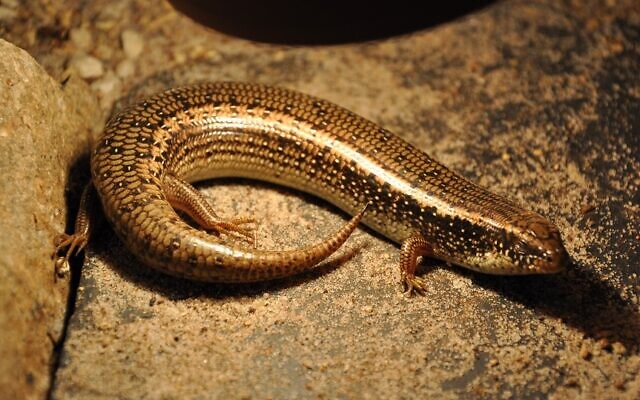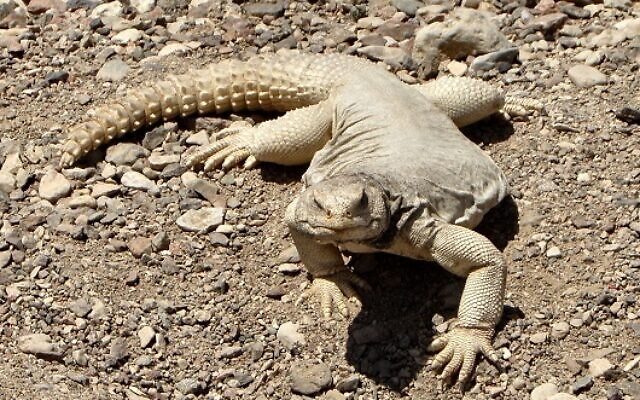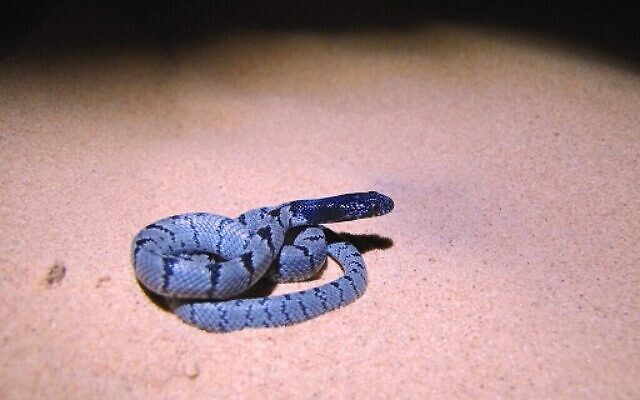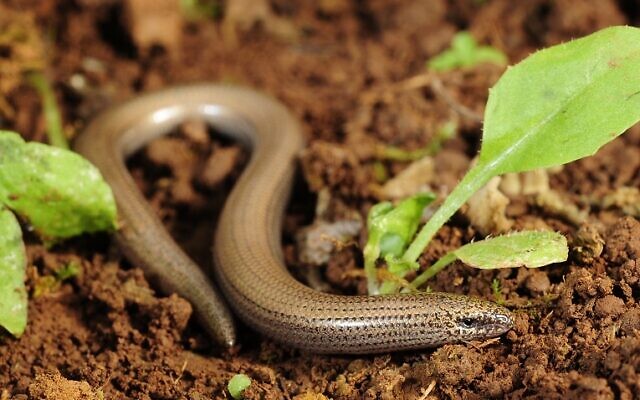Israeli Survey Studies 2K Endangered Reptile Species
The first international study of its kind found that half of all turtle and crocodile species face extinction.
A new study conducted by researchers from Tel Aviv University and Ben Gurion University of the Negev found that one-fifth, or 21 percent, of known reptile species currently face extinction.
The assessment will enable the research team to determine the conservation needs for the roughly 2,000 species of reptiles in crisis.
According to the study, around one-third of reptiles living in forest areas are threatened, as are approximately one-sixth of reptiles living in the desert. The study also found that 58 percent of all turtles and half of all crocodiles are threatened.
The comprehensive study was the first of its kind, according to the research team, and was led by the International Union for Conservation of Nature (IUCN), including more than 50 researchers from across the globe.

The study, which was published in the journal Nature, featured input from conservationists and researchers such as Prof. Shai Meiri of Tel Aviv University’s School of Zoology, George S. Wise Faculty of Life Sciences and the Steinhardt Museum of Natural History, and Dr. Uri Roll of Ben Gurion University of the Negev.
The IUCN is assessing the threat of extinction posed to several different types of species. According to their system, each species of flora and fauna is ranked on a five-point scale. The ranking serves to help researchers identify the most threatened species so that they can plan conservation attempts with the aid of government regulation.
The IUCN has spent the previous two decades researching threatened species, having coordinated with field experts from various environments. The IUCN has previously published similar conservation reports on amphibians, as well as birds and mammals.

“In general, the state of reptiles in the world is bad,” said Meiri. “It’s worse than that of birds and mammals, though not as bad as that of the amphibians. And of course there are a lot of nuances. We see that turtles are in a worse position than lizards and snakes, but that may be because we know more about turtles. Perhaps if we knew more about snakes, we would see that they, too, are in big trouble. Either way, the biggest threat to reptiles is the destruction of their habitats due to agriculture, deforestation and urban development, and less because of direct hunting, which mainly affects turtles and crocodiles. We created detailed maps of these threats.”
Meiri said, for example, that if a particular species is highly threatened in Israel’s Arava desert, but not in the rest of its habitat range that may span the entire Arabian Peninsula, then globally it is not considered a threatened species.
The new assessments, for more than 10,000 species of reptiles, will allow researchers to understand their conservation needs and hopefully enable the team to find intelligent solutions.

Invasive species also present a major threat and the danger of climate change remains uncertain.
While comprehensive extinction-risk assessments have been available for birds, mammals and amphibians for years, reptiles have been largely neglected in the field until now, the authors of the international study said.
Despite the study’s global scope, there is still much to be done, according to Roll.
“This is important work that forms the initial basis for risk assessment among various reptiles around the world, but is certainly not the end of the story,” he said.
“We still lack a lot of information about the various risks facing reptiles. For example, climate change is expected to have significant effects on reptiles. The current assessment that has just been published does not yet include these future threats in its reptile risk assessments. We have a lot of work ahead of us.”
- Pets
- Community
- AJT STaff
- Tel Aviv University
- Ben-Gurion University of the Negev
- endangered species
- threatened
- wildlife
- reptiles
- crocodiles
- desert
- snake
- International Union for Conservation of Nature (IUCN)
- Prof. Shai Meiri of Tel Aviv University’s School of Zoology
- George S. Wise Faculty of Life Sciences
- Steinhardt Museum of Natural History
- Dr. Uri Roll
- Arava
- Arabian Peninsula




comments